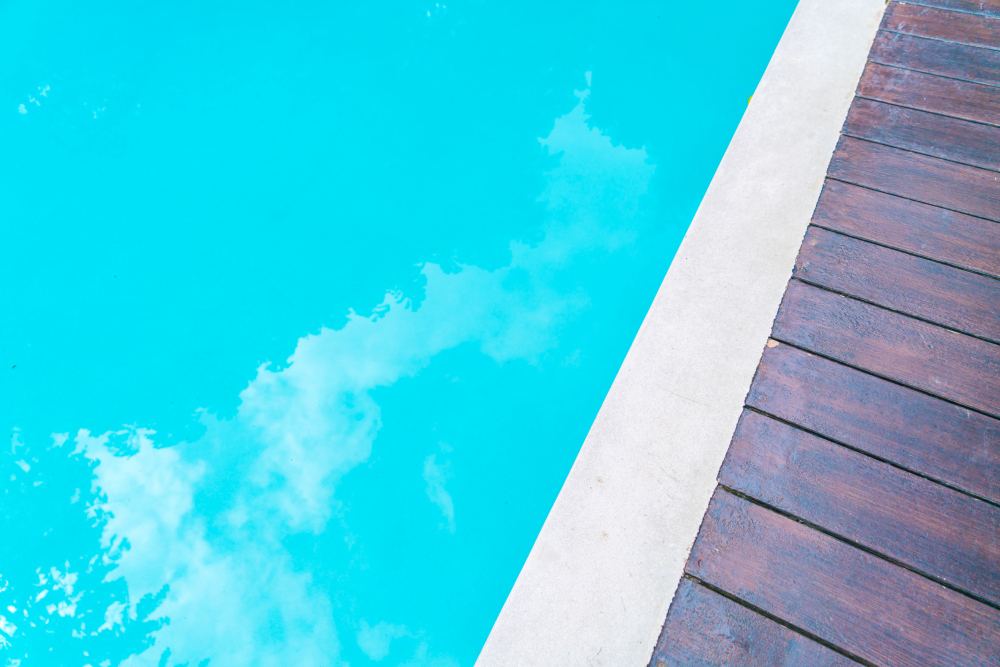The Ultimate Guide to Pool Plastering

Transforming an old, dull pool surface into a gleaming aquatic oasis is no small feat. Pool plastering is a critical maintenance task that not only ensures a beautiful aesthetic but also safeguards your pool against erosion and maintains water quality. If you’re considering pool plastering, understanding the process and what to expect is crucial. Here’s all you need to know about pool plastering – from the types of plaster to the cost and maintenance tips.
Understanding the Basics of Pool Plastering
Why Pool Plastering is Crucial
Pool plastering is an important aspect of general pool maintenance. It not only keeps your pool looking fresh and inviting but also protects swimmers from scrapes and cuts that can be caused by rough, worn surfaces. Additionally, a well-maintained plaster helps maintain proper water chemistry, which can extend the life of your pool equipment.
The Ideal Time for Pool Plastering
The lifespan of pool plaster can vary, but on average, it may need to be replaced every 5 to 15 years, depending on usage, the quality of the original installation, and the care taken over the years. Signs that it's time for a replaster include a rough surface, stains that are not easily removed, and the appearance of cracks.
Types of Pool Plaster
Classic White Pool Plaster
White pool plaster has been a staple in the industry for decades. It is a mixture of white Portland cement and marble sand or crushed white marble, which provides a smooth appearance and the bright blue color often associated with pools.
Exposed Aggregate Pool Plaster
Exposed aggregate is a stunning option that consists of standard pool plaster mixed with small pieces of colored glass, quartz, or pebbles. This type of plaster creates a unique and textured finish.
Micro-Pebble Pool Plaster
Micro-pebble plaster is a blend of plaster with beads that are smaller than traditional pebbles, giving a softer, smoother texture while maintaining the rugged, natural look.
Polished Pool Plaster
Polished pool plaster is a mix of plaster and small pieces of sparkling granite that create a mirror-like effect, adding a luxurious touch to any swimming pool.
Each type has its own benefits in terms of durability, aesthetics, and texture, so it's important to select the one that best suits your pool and personal style.
The Cost of Pool Plastering
Factors that Influence the Cost
Several factors influence the cost of pool plastering, including the size of the pool, the type of plaster chosen, any additional repairs needed, and the local labor and material costs.
Cost Breakdown
On average, pool plastering can cost between $5 and $10 per square foot, but the total price can range from $3,000 to $10,000 for an average-sized residential pool.
Return on Investment
Despite the initial expense, pool plastering can offer an excellent return on investment, both in terms of enhanced property value and the extended lifespan of your pool and its infrastructure.
The Pool Plastering Process
Preparing Your Pool for Plaster
Before new plaster is applied, the old plaster is chipped away, the pool is thoroughly cleaned, and any necessary repairs are made to the pool's structure.
The Application of New Plaster
Skilled technicians apply the new plaster mix to the pool's surface by hand or with a specialized machine, ensuring an even distribution and a smooth finish.
Curing and Filling the Pool
After the plaster is applied, the pool must be filled with water immediately and the water chemistry carefully maintained for the next several weeks to allow the plaster to cure properly.
Maintaining Your Newly Plastered Pool
Water Chemistry and Pool Balance
Maintaining proper water chemistry levels is critical to the longevity of your pool plaster. Regular testing and adjustments are necessary to prevent scaling, staining, or other issues.
Brushing and Cleaning
For the first month after plastering, it's important to brush the pool's surface daily to eliminate plaster dust and help the finish cure evenly.
Regular Maintenance
Implementing a regular maintenance schedule, including cleaning filters, skimming debris, and vacuuming, will help to keep your pool in top condition.
Hiring a Professional Pool Plastering Company
Research and Reputation
When choosing a pool plastering company, research is crucial. Look for professional, established companies with a track record of quality work and satisfied customers.
The Importance of Experience
An experienced pool plastering team will guide you through the process, offer recommendations, and provide an accurate estimate of the work to be done.
Safety and Regulation
Ensure the company you choose is licensed and follows all safety regulations. They should also offer a warranty on the work performed.
The Takeaway on Pool Plastering
Investing in pool plastering not only preserves the health and safety of your pool but also enhances the relaxing and recreational enjoyment that comes with owning a pool. It's an opportunity to customize your pool's look and feel, and with proper care, the benefits can be enjoyed for years to come.
Contacting a professional pool plastering service is the first step in bringing your vision to life. If you need help with pool plastering in Tampa, FL, you can trust Aqua Coat Pool Plastering for a high-quality, personalized experience. Get in touch today for a free estimate and start on the path to a revitalized, inviting pool space.